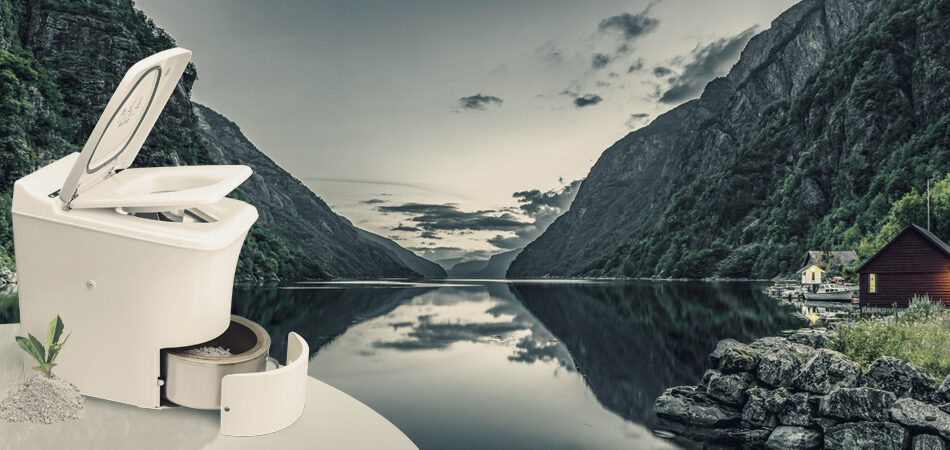Limited and expansive resources led to this choice
An incineration toilet burns biological waste at high temperatures, leaving only an insignificant quantity of ash to the equivalent of about one teacup for four people during one week of use. Waste is burned in an enclosed incineration chamber, and combustion gases are expelled through a separate ventilation pipe. Incineration toilets are an alternative for toilet installations even in the most remote areas since the solution does not require a water supply or a costly drainage solution.
The first incineration toilet is now running on Moku o Loʻe (Coconut Island) at the University of Hawaiʻi at Mānoa’s Hawaiʻi Institute of Marine Biology (HIMB).
These toilets, which don’t produce sewage, could help in reducing or eliminating cesspools. Moreover, they use a small amount of energy from propane gas to incinerate both liquids and solids and produce pathogen-free, odorless ash that can be disposed of in the trash or used as a soil amendment in gardens or compost piles.
“We know that water is precious and scarce in Hawaiʻi and we really want to conserve water whenever we can”, said Judy Lemus, interim director at HIMB. “So as a conservation-based research institution, we’re very interested in identifying sustainable solutions”.
HIMB is connected to municipal water, sewer, and electricity services on Oʻahu through high-density polyethylene conduits that run underneath Kāneʻohe Bay. While cesspools are not the issue, resources are limited and utilities are expensive.
“The incineration toilet adds an environmentally sustainable bathroom on the island for employees and visitors in a high-traffic location where there were previously no facilities”, officials stated.
The self-contained system does not require connections to municipal water, sewer, or electrical infrastructure.
“They look exactly like a regular toilet, and they can burn both solid and liquid waste and they’re excellent for areas in which you don’t have any other municipal connections”, Lemus said.
The toilet can handle 4 uses per hour and the ash container only needs to be emptied once per week. HIMB estimates that the five-gallon propane tank will last for 120–150 uses.
There are an estimated 88,000 cesspools in Hawaiʻi, the highest number per capita in the country, that discharge more than 53 million gallons of raw sewage each day, according to the Hawaiʻi Department of Health Wastewater Branch.
“We really need to protect our resources in Hawaiʻi and so a solution like an incinerator toilet is a great alternative”, Lemus said.
Advantages of incineration toilets:
- No water supply or drainage connections are required;
- Not dependent on an electric mains supply;
- Childproof;
- Requires little space;
- Simple installation;
- No waste handling, only an insignificant quantity of ash to be emptied;
- No need to supply bark, chemicals, etc;
- No insect issues.
The Hawaiʻi Department of Health is requiring that all cesspools are upgraded, converted, or closed by Jan. 1, 2050.
The project is a collaboration between HIMB, Wastewater Alternatives, Innovations, and Cinderella Eco Group. Lemus helped facilitate the project.
Source bigislandnow.com

